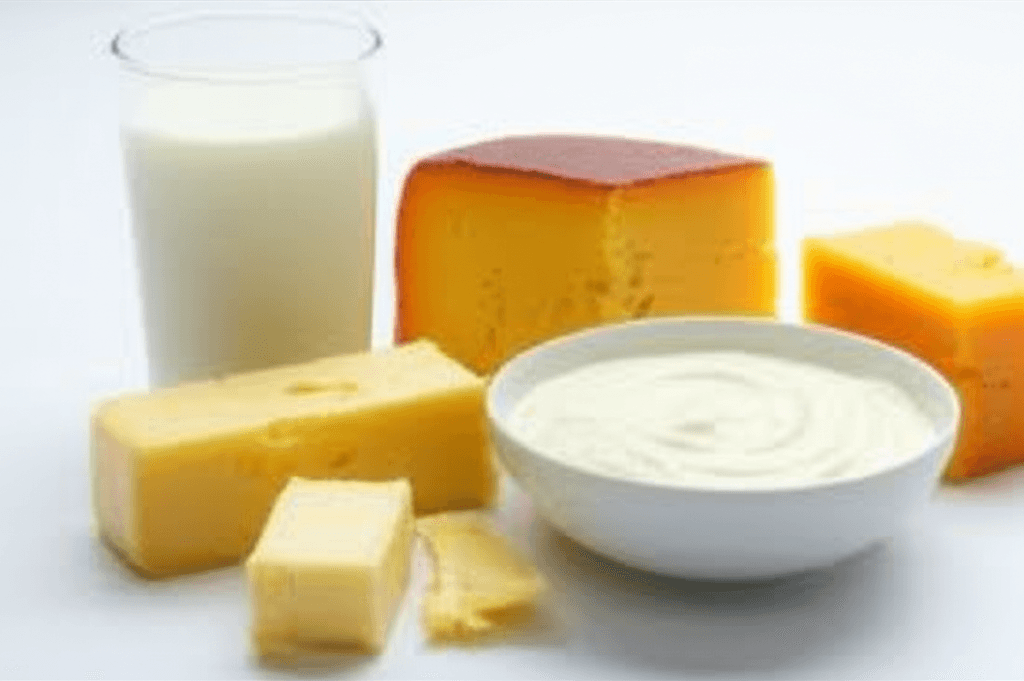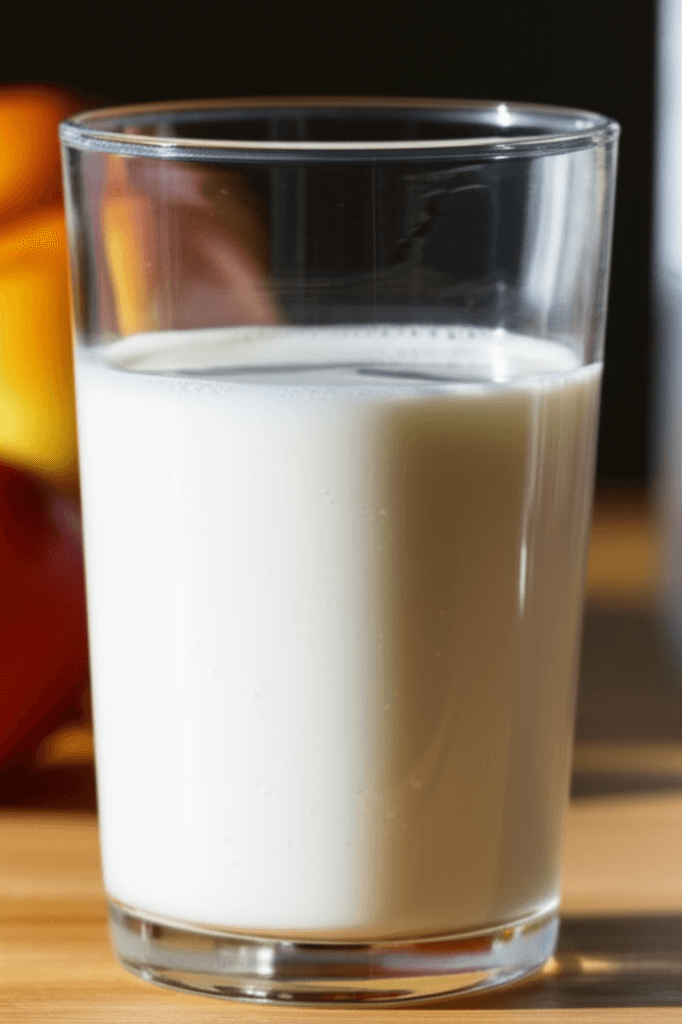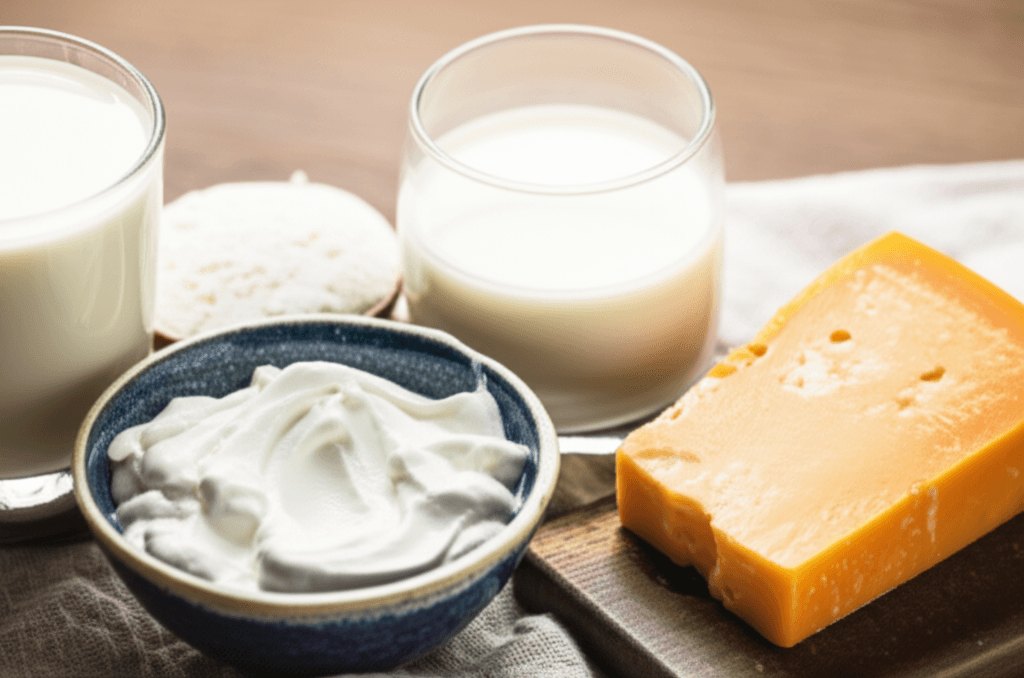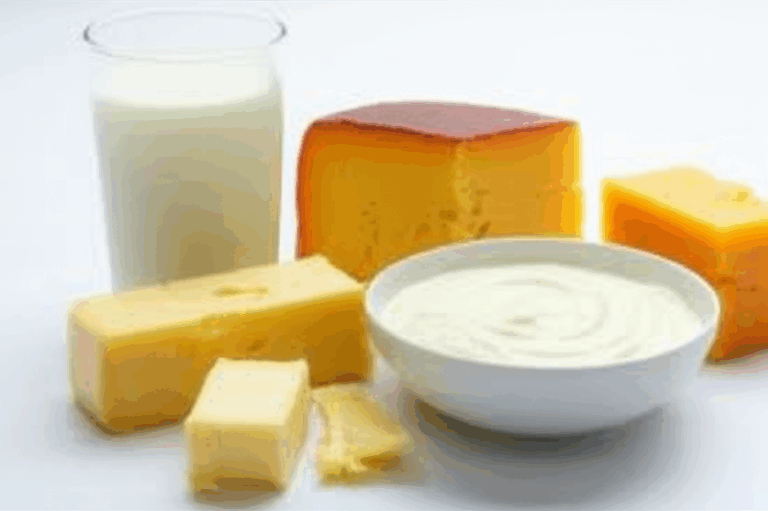For decades, low-fat and skim milk reigned supreme in the dairy aisle, touted as the healthier choice for heart health and weight management. But a quiet revolution has been brewing, and now, experts are increasingly approving a return to whole milk. This shift reflects an evolving understanding of nutrition, moving beyond simple fat reduction to embrace the complex interplay of nutrients in whole foods.
This apparent U-turn in dietary advice might seem confusing, but it’s rooted in new scientific evidence that challenges long-held beliefs about dietary fat, particularly saturated fat, and its impact on overall health.

The Shifting Landscape of Dietary Recommendations
The journey of milk recommendations has been a rollercoaster. In the 1950s and 60s, high-fat dairy faced criticism for its alleged role in weight gain and increased cholesterol, largely influenced by studies that promoted a link between fat intake and heart disease. This led to widespread public policy changes, including the removal of whole milk from federal school meal programs in the U.S. in 2012. Organizations like the American Heart Association (AHA) and the American Academy of Pediatrics (AAP) historically recommended transitioning children to lower-fat milk after age two.
However, in recent years, scientists have begun to question these long-standing recommendations. Cardiologist Dariush Mozaffarian, director of Tufts University’s Food Is Medicine Institute, suggests that “dairy fat was given a wrongful conviction in 1980” and that newer research is leading to its potential exoneration.

Unpacking the Nutritional Benefits of Whole Milk
Whole milk, which contains about 3.25% milk fat, offers a richer nutritional profile than its lower-fat counterparts. While all types of cow’s milk are nutrient-dense, providing protein, calcium, and several vitamins, the fat content in whole milk plays a crucial role in enhancing these benefits.
Essential Fat-Soluble Vitamins
One of the primary advantages of whole milk is its role in the absorption of fat-soluble vitamins, namely Vitamins A, D, E, and K. Vitamin D, for instance, requires fat for proper absorption in the body, and studies have shown that children who consume whole milk tend to have higher Vitamin D levels. These vitamins are vital for various bodily functions, from bone health and immune support (Vitamin D) to vision and immune function (Vitamin A).
Satiety and Weight Management
Counterintuitively, the fat content in whole milk can contribute to a greater sense of satiety, or fullness. Fat is a nutrient known to promote feelings of fullness, which can lead to consuming fewer calories overall and may even help manage hunger better than reduced-fat options. Several studies have observed associations between whole milk consumption and improved body composition outcomes, including lower body weight, reduced waistline, and a lower prevalence of obesity in adults. For example, a 2024 study indicated that whole milk intake was associated with lower body weight and BMI. Another review of 28 studies found that children who drank whole milk were 40% less likely to be overweight or obese compared to those who drank lower-fat milk.
The “Whole Food Matrix” and Nutrient Absorption
Nutrition experts highlight the concept of the “whole food matrix,” suggesting that nutrients in whole milk work synergistically. This balanced composition of fats, proteins, and other nutrients may enhance overall nutrient absorption and provide benefits that reduced-fat milks do not fully replicate.

Re-evaluating Saturated Fat: A Nuanced Perspective
For many years, saturated fat was broadly demonized for its perceived link to increased cholesterol levels and heart disease. However, recent research presents a more nuanced picture. While saturated fat can increase LDL (“bad”) cholesterol, it also raises HDL (“good”) cholesterol, which can help protect against heart disease. Furthermore, not all saturated fats are created equal, and those found in dairy may have different effects than saturated fats from other sources like red meat.
Multiple studies now suggest that increased saturated fat intake is not directly associated with a higher risk of heart disease, stroke, or heart attack. Some research even points to a neutral or positive effect of saturated fats in whole milk and cheese on heart health when consumed as part of a balanced diet. This evolving understanding has led many experts to reconsider their stance on whole dairy.

Who Benefits Most from Whole Milk?
While individual dietary needs vary, certain groups may particularly benefit from whole milk:
- Young Children: For children aged 1 to 2 years, whole milk is considered crucial for brain development due to its fat content, aiding in the absorption of essential vitamins like A and D. Pediatricians often recommend whole milk as a staple during this rapid growth phase. After two years, while some guidelines still lean towards lower-fat options, emerging science suggests that whole milk may continue to offer benefits like satiety and better vitamin D absorption.
- Active Individuals and Those Needing More Calories: Whole milk provides important calories and nutrients for those with higher energy demands or those who struggle to consume sufficient quantities of food.

Considerations and Expert Advice
Despite the growing approval, it’s important to remember that dietary choices should be personalized. While whole milk can be a valuable part of a healthy diet, moderation is key. For individuals with specific health conditions, such as high cholesterol or heart disease, consulting a doctor or dietitian about appropriate saturated fat intake remains crucial.
The debate between whole and skim milk is less about a definitive “winner” and more about individual preference and health needs. Both offer valuable nutrients, and the choice often comes down to balancing caloric intake, satiety, and the absorption of fat-soluble vitamins. The trend back to whole milk signifies a broader shift towards appreciating the full nutritional complexity of foods rather than focusing on single nutrients in isolation.







